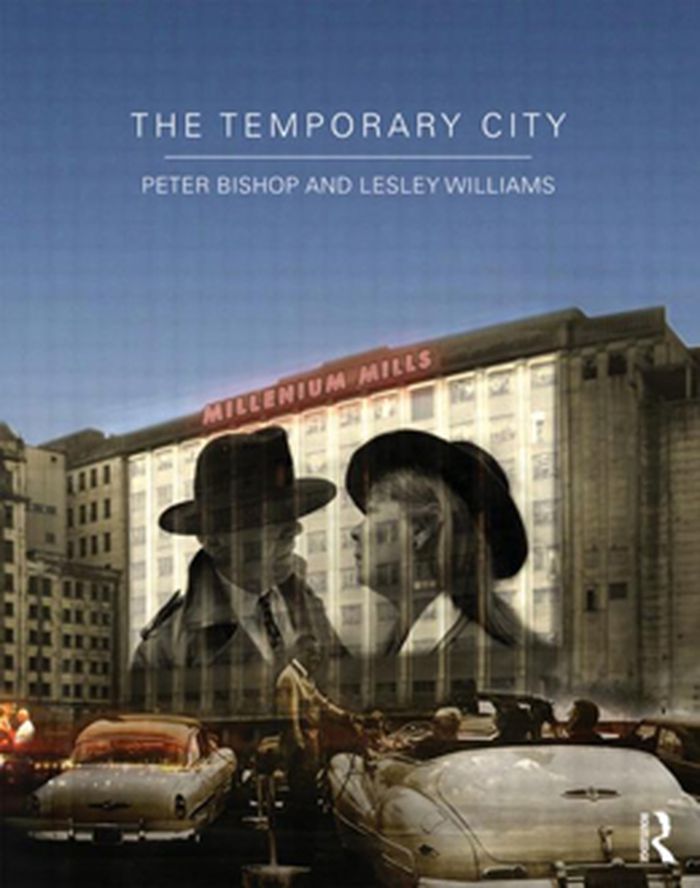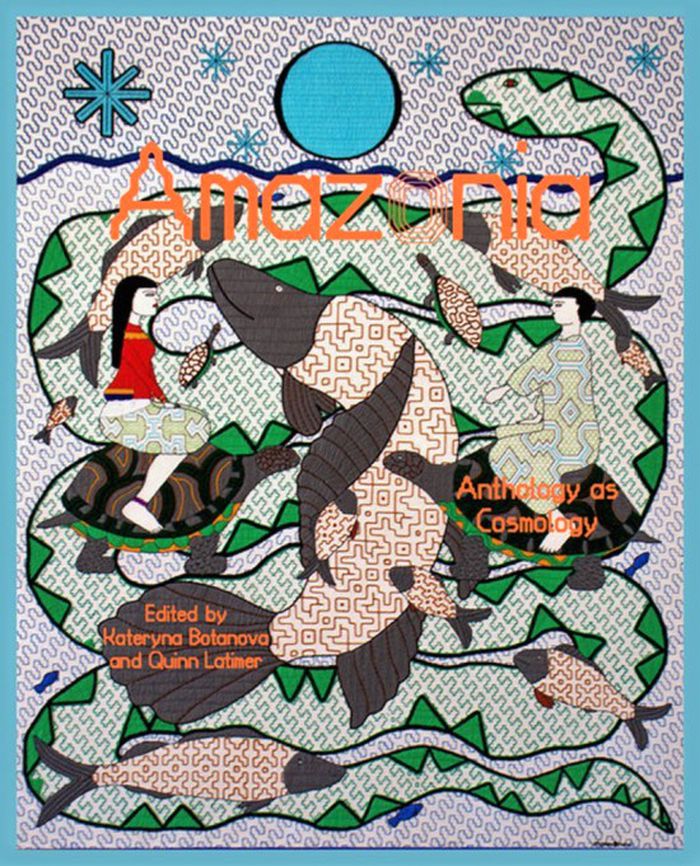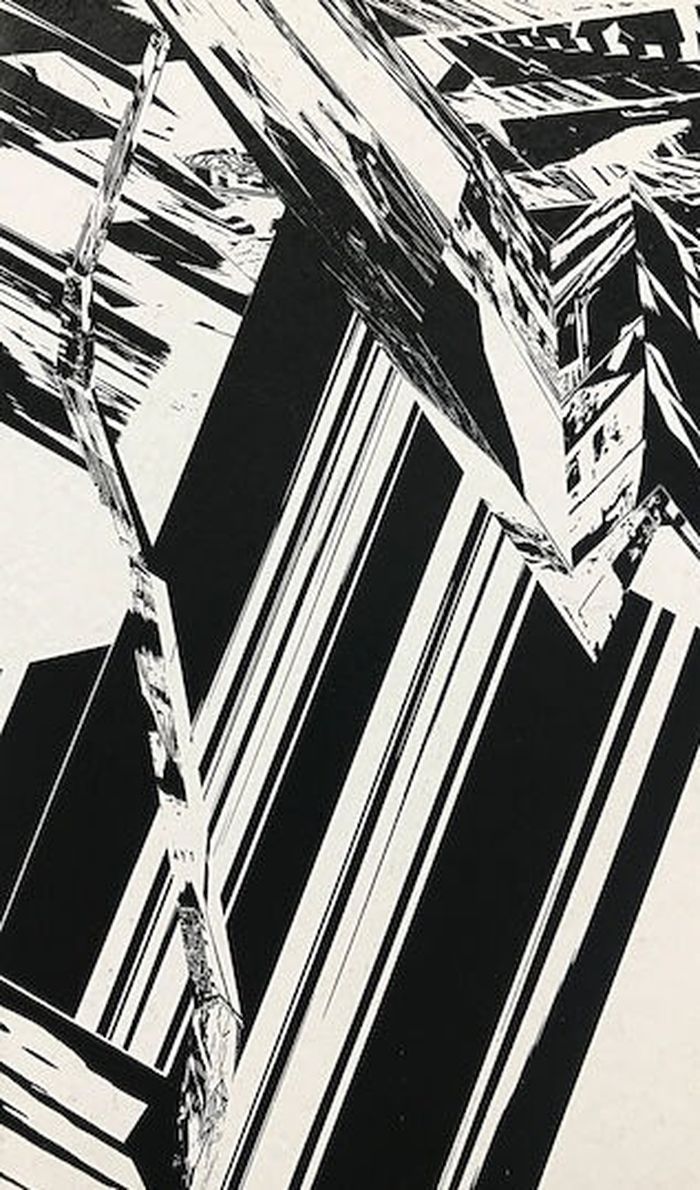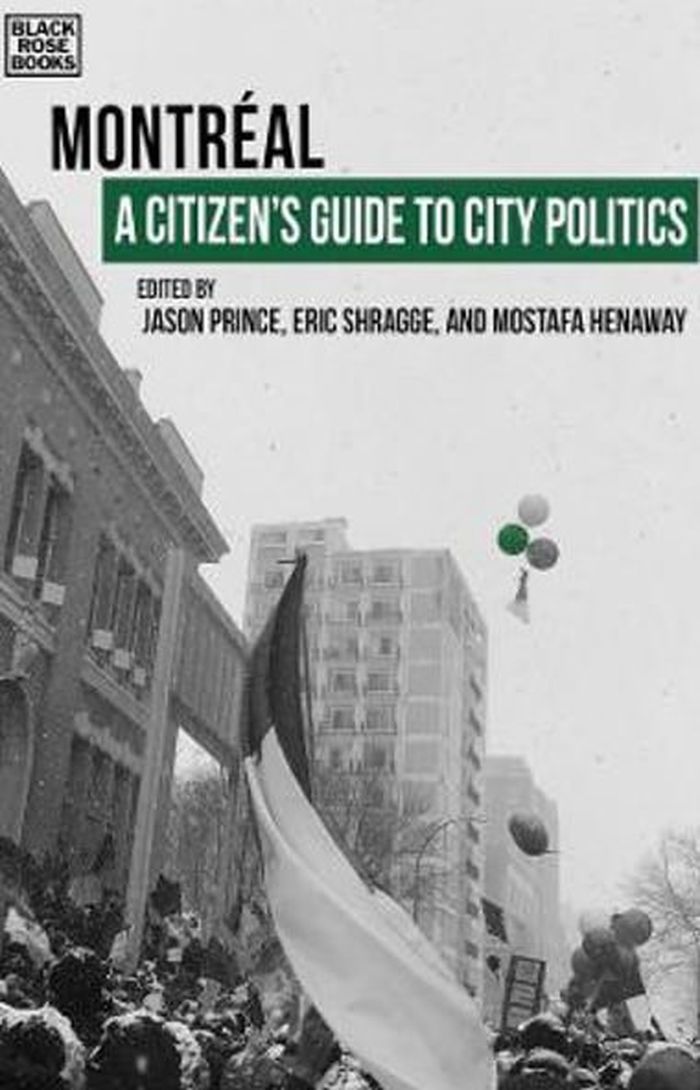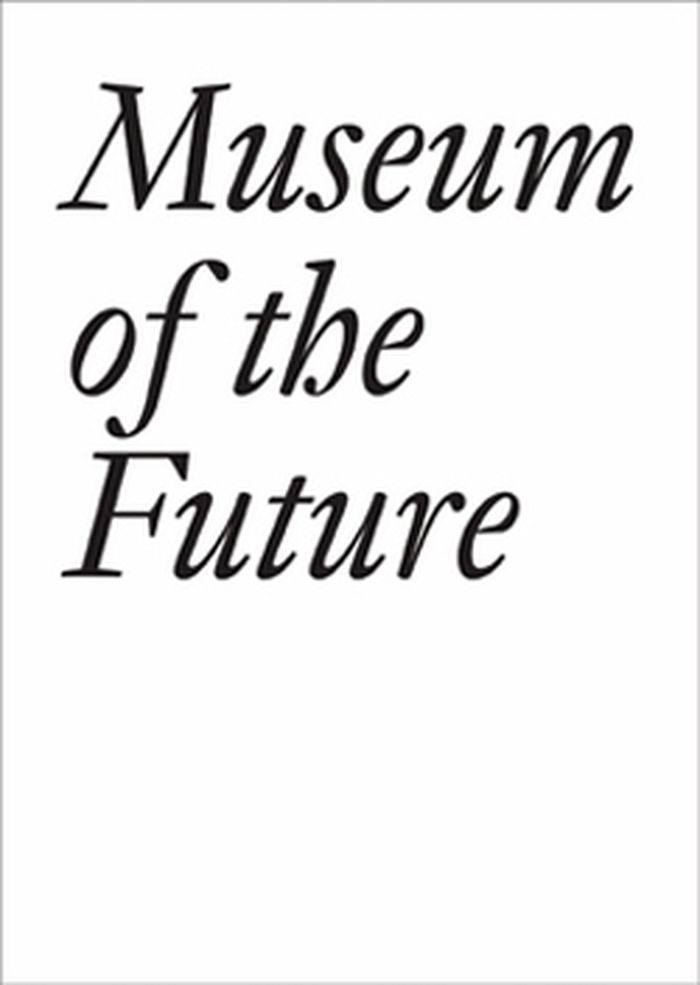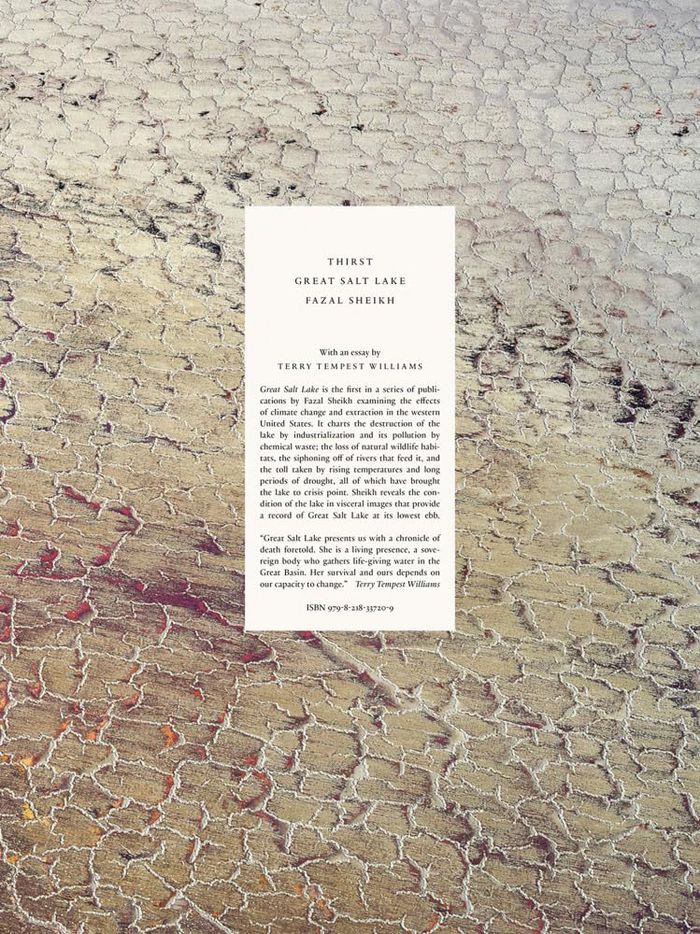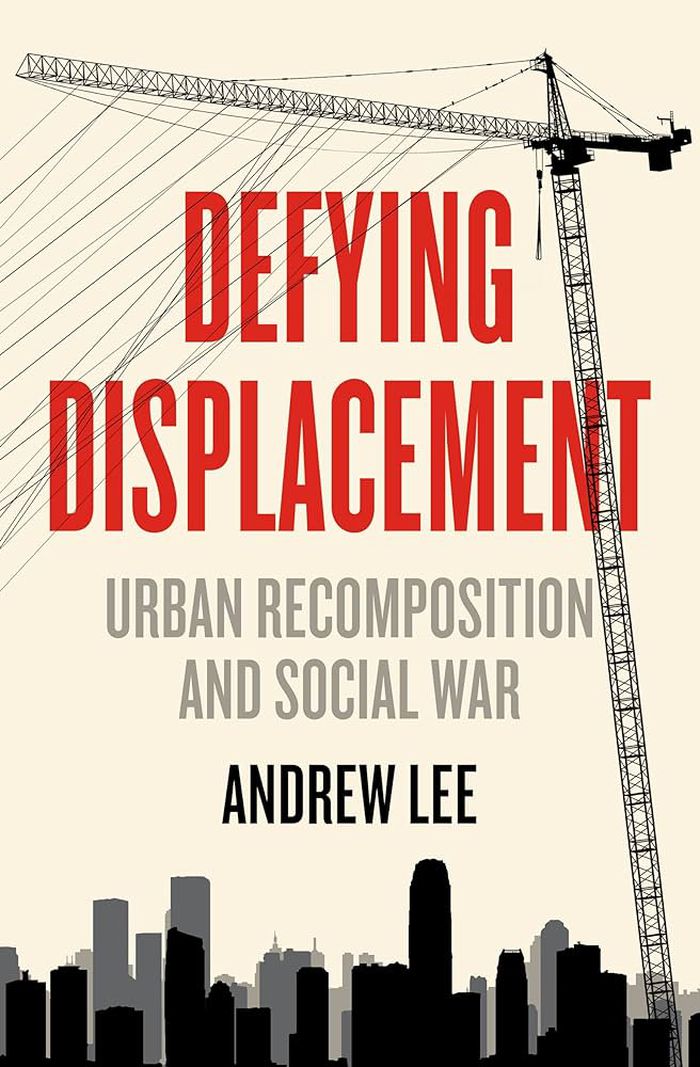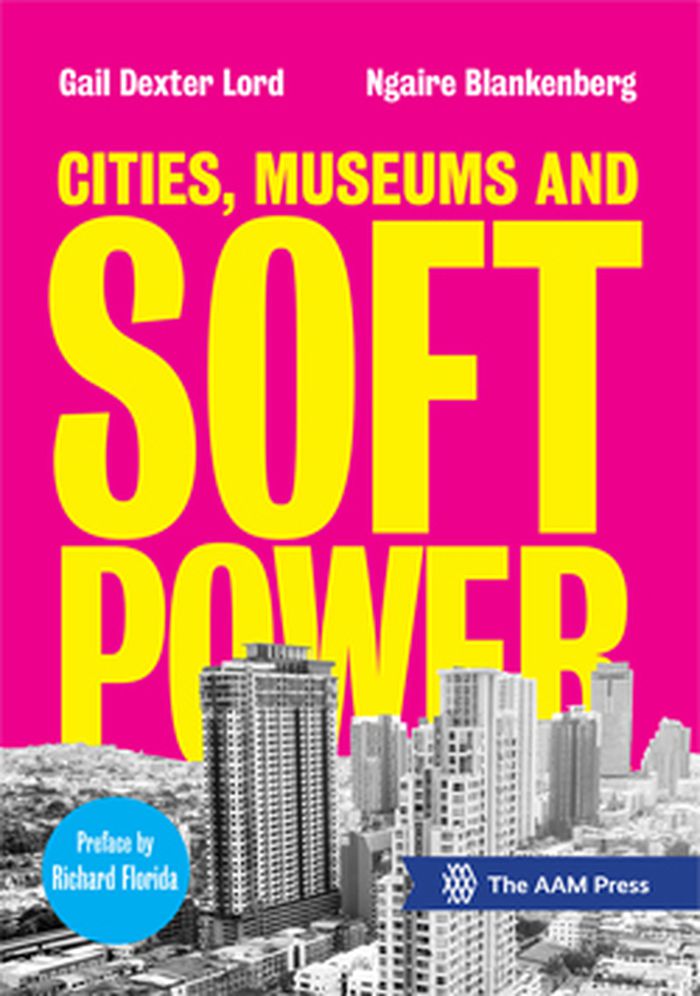The temporary city
$51.95
(available to order)
Summary:
Most of the professional training, thinking and strategies of architects, urban designers and planners, are strictly three-dimensional. In reality of course the city is four dimensional, and one needs to acknowledge the influence of time in planning and design strategies. Similarly, there has been relatively little analysis of the importance of interim, short-term or(...)
The temporary city
Actions:
Price:
$51.95
(available to order)
Summary:
Most of the professional training, thinking and strategies of architects, urban designers and planners, are strictly three-dimensional. In reality of course the city is four dimensional, and one needs to acknowledge the influence of time in planning and design strategies. Similarly, there has been relatively little analysis of the importance of interim, short-term or meanwhile activities in urban areas. In an era of increasing pressure on scarce resources, we cannot wait for long-term solutions to vacancy or dereliction. Instead, we need to view temporary uses as increasingly legitimate and important in their own right. They can be a powerful tool through which we can drip-feed initiatives for incremental change as and when we have the resources while being guided by a loose-fit vision.
Urban Theory
$39.95
(available in store)
Summary:
The anthology comprises two distinct narrative sections, temporal structures, and points of view: the River and the Forest. The river is a kind of timeline, a sentence, a thread (of water) winding its way through the book, exploring indigenous thought and histories, issues of memory, erasure, rights and cultural practice, as well as the notion of ancestors and activism.(...)
February 2022
Amazonia: Anthology as cosmology
Actions:
Price:
$39.95
(available in store)
Summary:
The anthology comprises two distinct narrative sections, temporal structures, and points of view: the River and the Forest. The river is a kind of timeline, a sentence, a thread (of water) winding its way through the book, exploring indigenous thought and histories, issues of memory, erasure, rights and cultural practice, as well as the notion of ancestors and activism. The space of the forest, meanwhile, is represented as one of oral testimony and conversation, of voices speaking inside the present, in a kind of circular time in which past and future both impress upon and constitute the current uncertain moment. These voices include recorded conversations with elders, shamans, artists, and thinkers, as well as poetry, oral testimony, and artistic works from Amazonia that use the forest as both ground and cover.
$36.95
(available to order)
Summary:
The book, ''Architecture as fabulated reality,'' marks the culmination of AAPK’s four experimental architectural projects, which employed virtual reality technology (VR) as the primary medium. The four projects explore a new emerging sense of spatiality, fabulating and questioning the notion of reality based upon shared backgrounds and attitudes to contemporary(...)
January 2020
Architecture as fabulated reality
Actions:
Price:
$36.95
(available to order)
Summary:
The book, ''Architecture as fabulated reality,'' marks the culmination of AAPK’s four experimental architectural projects, which employed virtual reality technology (VR) as the primary medium. The four projects explore a new emerging sense of spatiality, fabulating and questioning the notion of reality based upon shared backgrounds and attitudes to contemporary architectural discourse. To enhance ideas advanced by AAPK, the book invites four guest contributors from the architectural academic field in forms of critical essays or an interview. They reveal their collective interest in the power of the image and in forms of reality, in medium specificity and digital technology, and in presentation and representation along disciplinary lines. The subject of the book becomes clearer by curating and connecting each text, and meanwhile, makes it possible to reflect upon the situation that architecture is facing in the reality crisis caused by today’s digital technology or image culture.
$24.99
(available to order)
Summary:
World cities face persistent tension between the pull of globalization and the needs of citizens. Conventional political parties present milquetoast solutions that accommodate the interests of business. Meanwhile, citizens in cafes, meeting halls, on the streets, and now in virtual forums are rising to the challenge of imagining new and radical municipal policy from the(...)
September 2021
A citizen's guide to city politics: Montreal
Actions:
Price:
$24.99
(available to order)
Summary:
World cities face persistent tension between the pull of globalization and the needs of citizens. Conventional political parties present milquetoast solutions that accommodate the interests of business. Meanwhile, citizens in cafes, meeting halls, on the streets, and now in virtual forums are rising to the challenge of imagining new and radical municipal policy from the ground up. This book explores the future of Montreal’s citizens’ movements at a moment defined by the threats of pandemic, austerity, housing speculation and insecurity, and racism. It pairs contemporary analysis with an exploration of Montreal’s rich municipal history. The editors of 'A Citizen’s Guide to City Politics' gathered more than twenty activists, urban planners, and thinkers to address the major problems facing Montrealers and propose alternatives from a citizen's perspective. Municipal movements everywhere will see their own struggles reflected in this guide and will find inspiration for debate and action.
Museum of the future
$35.00
(available to order)
Summary:
Museums of contemporary art are expanding and in crisis. They attract ever-larger audiences; architects constantly redesign them; and the ever-swellling ranks of artists are producing a greater quantity of art than ever before. Meanwhile, museum funds are dwindling amid economic crisis and an overheated art market. The question of which art is to be collected has also(...)
Museum of the future
Actions:
Price:
$35.00
(available to order)
Summary:
Museums of contemporary art are expanding and in crisis. They attract ever-larger audiences; architects constantly redesign them; and the ever-swellling ranks of artists are producing a greater quantity of art than ever before. Meanwhile, museum funds are dwindling amid economic crisis and an overheated art market. The question of which art is to be collected has also become a more openly discussed topic. How do curators meet these challenges? How do artists view their relationships to museum? How do practitioners navigate between ideas, ideals and realities? This publication gathers interviews with artists, architects and curators of the contemporary art world, such as John Baldessari, Ute Meta Bauer, Suzanne Cotter, Bice Curiger, Chris Dercon, Charles Esche, Liam Gillick, Michael Govan, Jacques Herzog, Thomas Hirschhorn, Philipp Kaiser, Rem Koolhaas, Lars Nittve, Hans Ulrich Obrist, Thierry Raspail, Tobias Rehberger and Beatrix Ruf, among others.
Museology
$75.00
(available in store)
Summary:
In November 2022, the water level of the Great Salt Lake fell to its lowest on record. Diverted water supply from its feeding rivers, pollution from nearby extraction plants and ravaging droughts have brought this landmark to a crisis point. As the lake reached its lowest ebb, photographer Fazal Sheikh (born 1965), together with writer Terry Tempest Williams (born 1955),(...)
Fazal Sheikh: Thirst, Great Salt Lake
Actions:
Price:
$75.00
(available in store)
Summary:
In November 2022, the water level of the Great Salt Lake fell to its lowest on record. Diverted water supply from its feeding rivers, pollution from nearby extraction plants and ravaging droughts have brought this landmark to a crisis point. As the lake reached its lowest ebb, photographer Fazal Sheikh (born 1965), together with writer Terry Tempest Williams (born 1955), walked the shoreline, awed by its epic beauty while recording the destruction of its natural habitats. As Utah native Williams writes in her essay, "Retreat," she is witnessing the death of a lake that has been a constant presence in her life. Meanwhile, Sheikh documents the shrinking salt basin from above, revealing how the lake has been exploited: plundered for its natural salts, dissected by concrete highways, discolored by toxic waste, depleted by evaporation. His images hold a mirror to the lake’s surface, charting its destruction while demanding the viewer’s visceral response.
Photography monographs
$25.95
(available to order)
Summary:
Cities around the world are in the midst of a profound transformation as the wealthy price out the remnants of the urban working class, especially people of color. Displacement is neither accidental or inevitable. It happens because a whole range of people and institutions profit handsomely. ''Defying displacement'', focused on the US but informed by global examples,(...)
Defying displacement: Urban recomposition and social war
Actions:
Price:
$25.95
(available to order)
Summary:
Cities around the world are in the midst of a profound transformation as the wealthy price out the remnants of the urban working class, especially people of color. Displacement is neither accidental or inevitable. It happens because a whole range of people and institutions profit handsomely. ''Defying displacement'', focused on the US but informed by global examples, investigates gentrification from the perspective of the people fighting it, members of communities whose survival is threatened by some of the most powerful institutions on the planet. Andrew Lee names the names and identifies the actual state and corporate forces that work together to enrich a very specific group of people: property developers and real estate investors who make a killing, politicians who watch their tax bases grow, banks that write profitable loans for new businesses and mortgages for new homeowners. Meanwhile, business districts are planned, tax abatements unveiled, redevelopment schemes dreamed up, corporate and university campuses expanded, and ordinary people are driven from their homes.
Humans and cities
books
$34.95
(available to order)
Summary:
The newest title in the Princeton Architectural Press Campus Guide series takes readers on a tour of Illinois Institute of Technology, one of the landmarks of modern American architecture. With a master plan and twenty renowned buildings by Mies van der Rohe, IIT has long been a pilgrimage site for architects and students of design. Thousands of visitors arrive each year(...)
Commercial interiors, Building types
January 2005, New York
Illinois Institute of Technology : the campus guide - an architectural tour
Actions:
Price:
$34.95
(available to order)
Summary:
The newest title in the Princeton Architectural Press Campus Guide series takes readers on a tour of Illinois Institute of Technology, one of the landmarks of modern American architecture. With a master plan and twenty renowned buildings by Mies van der Rohe, IIT has long been a pilgrimage site for architects and students of design. Thousands of visitors arrive each year to see International Style masterpieces such as S. R. Crown Hall, home of IIT's College of Architecture and one of Mies's greatest works. Today, IIT is in the midst of an exciting new chapter in its design history. A new student centre designed by Rem Koolhaas and his Office for Metropolitan Architecture has once again put IIT at the forefront of the design world. Meanwhile, a new master plan for the campus, new landscaping, and a residence-hall complex by Helmut Jahn have reinvigorated student life and revitalized the surrounding community of Chicago's South Side. Featuring archival images of the Mies buildings as well as newly commissioned photographs of IIT's latest additions, this beautifully produced guide presents a comprehensive architectural walk through America's most distinguished modern campus.
books
January 2005, New York
Commercial interiors, Building types
$44.95
(available to order)
Summary:
“Soft power” emerged as a concept in the late twentieth century to describe international relations based not on military or economic strength, but on influence. While the resources of “hard power” are tangible—force and finance—soft power resources include ideas, knowledge, values, and culture, as well as the ability to persuade. This volume discusses soft power from the(...)
Cities, museums and soft power
Actions:
Price:
$44.95
(available to order)
Summary:
“Soft power” emerged as a concept in the late twentieth century to describe international relations based not on military or economic strength, but on influence. While the resources of “hard power” are tangible—force and finance—soft power resources include ideas, knowledge, values, and culture, as well as the ability to persuade. This volume discusses soft power from the vantage point of museums and demonstrates how they are quietly changing the world. With contributions by thirteen experts from ten countries, Cities, Museums and Soft Power reveals the world’s 80,000 museums to be sleeping giants. Two major characteristics of soft power—the rise of cities and the role of civil society—are pushing museums from the margins toward the center as these institutions serve as education hubs, employers, magnets for creative industries, and engines of economic development. Meanwhile, the growth of technological networks and connectivity has enabled this soft power to spread even farther and deeper across the Internet and groups of people. Whether cozy and local or internationally renowned, museums possess a cultural strength that extends far beyond their walls.
Museology
$83.95
(available to order)
Summary:
First published in 1992 to wide critical acclaim, ''Pictures from home'' is Larry Sultan’s pendant to his parents. Sultan returned home to Southern California periodically in the 1980s and the decade-long sequence moves between registers, combining contemporary photographs with film stills from home movies, fragments of conversation, Sultan’s own writings and other(...)
Larry Sultan: pictures from home
Actions:
Price:
$83.95
(available to order)
Summary:
First published in 1992 to wide critical acclaim, ''Pictures from home'' is Larry Sultan’s pendant to his parents. Sultan returned home to Southern California periodically in the 1980s and the decade-long sequence moves between registers, combining contemporary photographs with film stills from home movies, fragments of conversation, Sultan’s own writings and other memorabilia. The result is a narrative collage in which the boundary between the documentary and the staged becomes increasingly ambiguous. Simultaneously the distance usually maintained between the photographer and his subjects also slips in an exchange of dialogue and emotion that is unique to this work. Significantly increasing the page count of the original book, this MACK design of ''Pictures from home'' clarifies the multiplicity of voices – both textual and pictorial – in order to afford a fresh perspective of this seminal body of work. Emphasising the cinematic motion of the family’s home videos, the Super-8 film stills have been newly digitised and magnified, with select scenes running full-bleed across double-page spreads. Meanwhile, Sultan’s photographs of his parents as they go about their daily lives – against the quintessential backdrop of the Reagan-era American dream – are supplemented with previously unpublished images. Most significantly, the book honours Sultan as the oft-hailed ‘King of Colour Photography’.
Photography monographs
